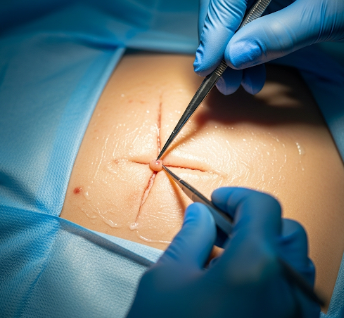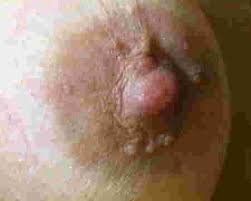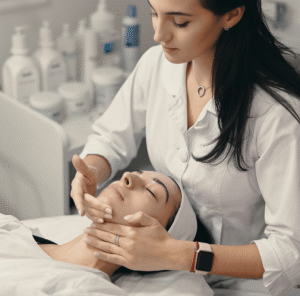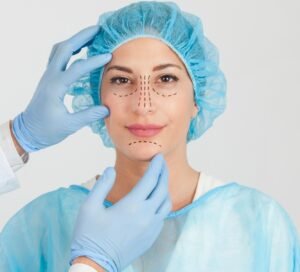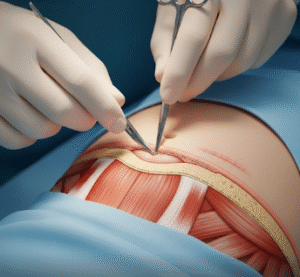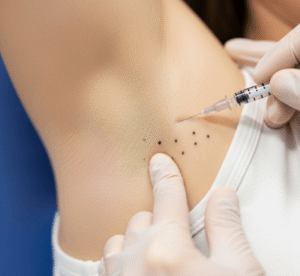Overview
Cyst removal is a surgical or minimally invasive procedure to excise cysts, which are fluid-filled sacs that can develop in various parts of the body, such as the skin, ovaries, kidneys, or liver. While most cysts are benign, removal is often recommended when they cause pain, infection, cosmetic concerns, or potential complications.
In South Korea, cyst removal procedures are performed in hospitals and specialized clinics using advanced imaging, minimally invasive techniques, and surgical precision, ensuring safe, effective, and cosmetically favorable outcomes.
What is Cyst Removal?
Cyst removal involves surgically excising the cyst and, in many cases, its capsule to prevent recurrence. Depending on the cyst type and location, removal may be done via:
- Open surgical excision: Direct removal through an incision
- Laparoscopic removal: Minimally invasive surgery for internal cysts (e.g., ovarian, kidney)
- Laser or needle-assisted procedures: For superficial or small cysts
Indications include:
- Pain, swelling, or discomfort caused by cysts
- Recurrent or infected cysts
- Large cysts affecting organ function
- Cosmetic concerns, especially with facial or skin cysts
- Suspicion of malignancy requiring histopathological examination
Purpose:
- Eliminate cysts causing symptoms or complications
- Prevent infection or rupture
- Improve appearance or cosmetic outcomes
- Provide tissue for diagnostic analysis
What are the Benefits?
Cyst removal offers several clinical and aesthetic advantages:
✔ Relief from pain, pressure, or discomfort.
✔ Prevents infection, rupture, or other complications.
✔ Reduces risk of cyst recurrence if completely excised.
✔ Minimally invasive options allow faster recovery.
✔ Improves appearance when cysts are visible or disfiguring.
✔ Provides diagnostic tissue to rule out malignancy.
Procedure Details
1) How should I prepare for Cyst Removal?
- Medical evaluation: Blood tests, imaging (ultrasound, CT, MRI) to assess cyst size, location, and type
- Medication adjustments: Stop blood thinners or medications affecting clotting if advised
- Preoperative counseling: Discuss procedure, anesthesia type, risks, and recovery expectations
- Hygiene: Clean the surgical area; follow preoperative instructions from the hospital
- Consent: Understand the procedure, expected outcomes, and post-operative care
South Korean hospitals provide personalized preoperative preparation to ensure safety and optimal results.
2) What happens during Cyst Removal?
- Anesthesia: Local, regional, or general anesthesia depending on cyst size and location
- Incision and exposure: The surgeon carefully exposes the cyst, preserving surrounding tissue
- Cyst excision: The cyst and its capsule are removed completely to prevent recurrence
- Closure: Incision is closed with sutures; minimally invasive approaches may use small ports or laser techniques
- Duration: Typically 30 minutes to 2 hours, depending on cyst complexity and location
South Korean surgeons use advanced imaging, microsurgical techniques, and minimally invasive tools to ensure precision, safety, and minimal scarring.
3) What happens after Cyst Removal?
- Immediate post-op: Monitor for bleeding, infection, or adverse reactions
- Pain management: Mild discomfort controlled with medication
- Wound care: Keep incision clean and follow dressing instructions
- Follow-up: Removal of sutures (if needed) and monitoring for healing and recurrence
- Activity: Gradual return to normal activities as advised by the surgeon
Risks / Benefits
Potential Risks:
- ➤ Infection or delayed wound healing
- ➤ Bleeding or hematoma formation
- ➤ Scarring or pigmentation changes
- ➤ Recurrence if cyst capsule is not fully removed
- ➤ Rare injury to surrounding tissues or organs
Major Benefits:
- ✔ Eliminates painful or symptomatic cysts
- ✔ Prevents infection and potential complications
- ✔ Improves cosmetic appearance
- ✔ Minimally invasive options reduce recovery time
- ✔ Provides tissue for histopathological analysis
Recovery and Outlook
- Immediate: Mild pain, swelling, or redness at the surgical site
- 1–2 weeks: Healing of superficial incisions; activity gradually resumed
- 4–6 weeks: Full recovery for deeper or internal cyst removal
- Long-term: Recurrence is rare if cyst and capsule are completely excised; continued follow-up ensures optimal outcomes
South Korean hospitals provide comprehensive post-operative care, follow-up imaging, and patient education for optimal recovery and long-term satisfaction.
When To Call the Doctor
Contact your surgeon if you notice:
- ➤ Excessive pain, swelling, or redness at the incision site
- ➤ Fever or signs of infection
- ➤ Bleeding or fluid leakage
- ➤ Recurrence of a cyst at the same site
- ➤ Unusual symptoms or delayed healing
Best Korea Option / Process
South Korea offers expert cyst removal services due to:
- Experienced surgeons and multidisciplinary teams for different cyst types
- Advanced imaging and surgical techniques for precise removal
- Minimally invasive and cosmetic-focused procedures
- Comprehensive pre- and post-operative care
- International patient support for scheduling, translation, and follow-up
- High safety standards and patient satisfaction
Top hospitals for cyst removal in Korea:
- Samsung Medical Center, Seoul
- Asan Medical Center, Seoul
- Severance Hospital (Yonsei University Health System)
- Seoul National University Hospital – Surgery & Dermatology Departments

